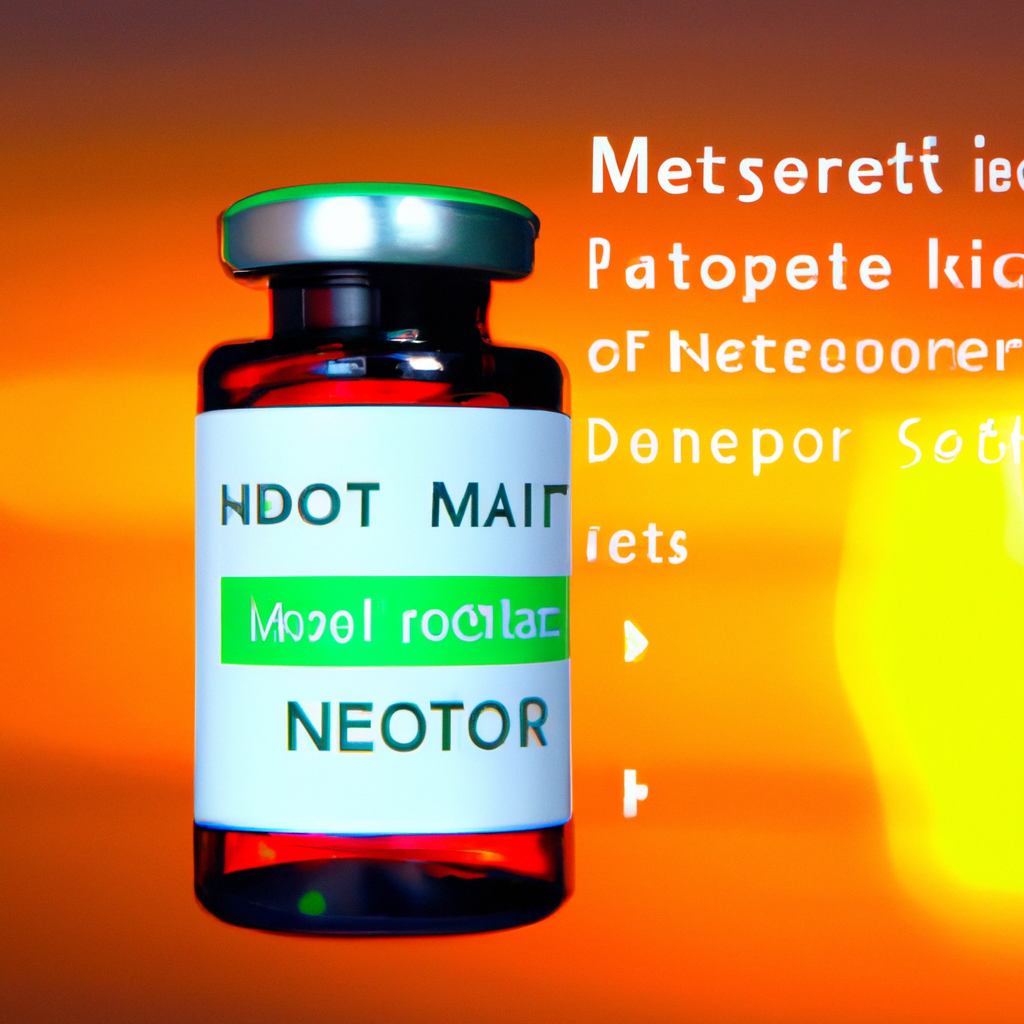-
Reading Roadmap
- The Crucial Role of METTL3 in Exercise-Induced Cardiac Improvements in Diabetic Cardiomyopathy
- Key Takeaways
- Introduction: Unraveling the Role of METTL3 in Diabetic Cardiomyopathy
- The Role of METTL3 in Cardiac Health
- Exercise and METTL3 Expression
- METTL3 and Cardiac Fibrosis
- FAQ Section
- What is METTL3?
- How does METTL3 affect cardiac health?
- Can METTL3 help to prevent cardiac fibrosis?
- Can understanding the role of METTL3 lead to new treatments for diabetic cardiomyopathy?
- Is further research needed to fully understand the role of METTL3 in cardiac health?
- Conclusion: The Potential of METTL3 in Cardiac Health
- Further Analysis
The Crucial Role of METTL3 in Exercise-Induced Cardiac Improvements in Diabetic Cardiomyopathy

[youtubomatic_search]
Key Takeaways
- METTL3 plays a significant role in exercise-induced cardiac improvements in diabetic cardiomyopathy.
- Exercise can help to regulate METTL3 expression, leading to improved cardiac function.
- Research has shown that METTL3 can help to prevent cardiac fibrosis and improve heart function in diabetic mice.
- Understanding the role of METTL3 in cardiac health could lead to new treatments for diabetic cardiomyopathy.
- Further research is needed to fully understand the mechanisms behind METTL3’s effects on cardiac health.
Introduction: Unraveling the Role of METTL3 in Diabetic Cardiomyopathy
Diabetic cardiomyopathy, a disease that affects the heart muscle, is a common complication of diabetes. It can lead to heart failure and other serious health problems. Recent research has shed light on the role of a protein called METTL3 in exercise-induced cardiac improvements in diabetic cardiomyopathy. This article delves into the crucial role of METTL3 and how it can potentially pave the way for new treatments for diabetic cardiomyopathy.
The Role of METTL3 in Cardiac Health
METTL3, or methyltransferase-like 3, is a protein that plays a key role in the process of RNA methylation. This process is crucial for the regulation of gene expression, which in turn affects various biological processes, including cardiac health. Recent studies have shown that METTL3 expression is significantly reduced in the hearts of diabetic mice, suggesting a potential link between METTL3 and diabetic cardiomyopathy.
Exercise and METTL3 Expression
Exercise has long been known to have numerous health benefits, including improved cardiac health. Recent research has shown that exercise can help to regulate METTL3 expression. In a study published in the Journal of Molecular and Cellular Cardiology, researchers found that exercise training increased METTL3 expression in the hearts of diabetic mice. This increase in METTL3 expression was associated with improved cardiac function, suggesting that METTL3 plays a key role in exercise-induced cardiac improvements.
METTL3 and Cardiac Fibrosis
Cardiac fibrosis, a condition characterized by the thickening and stiffening of heart tissue, is a common complication of diabetic cardiomyopathy. It can lead to heart failure and other serious health problems. Research has shown that METTL3 can help to prevent cardiac fibrosis. In a study published in the journal Circulation, researchers found that METTL3 knockout mice developed severe cardiac fibrosis and heart failure. However, when these mice were treated with a drug that increased METTL3 expression, their cardiac fibrosis improved and their heart function returned to normal.
FAQ Section
What is METTL3?
METTL3, or methyltransferase-like 3, is a protein that plays a key role in the process of RNA methylation, which is crucial for the regulation of gene expression.
How does METTL3 affect cardiac health?
Research has shown that METTL3 expression is significantly reduced in the hearts of diabetic mice, suggesting a potential link between METTL3 and diabetic cardiomyopathy. Exercise can help to regulate METTL3 expression, leading to improved cardiac function.
Can METTL3 help to prevent cardiac fibrosis?
Yes, research has shown that METTL3 can help to prevent cardiac fibrosis, a common complication of diabetic cardiomyopathy.
Can understanding the role of METTL3 lead to new treatments for diabetic cardiomyopathy?
Yes, understanding the role of METTL3 in cardiac health could potentially lead to new treatments for diabetic cardiomyopathy.
Is further research needed to fully understand the role of METTL3 in cardiac health?
Yes, further research is needed to fully understand the mechanisms behind METTL3’s effects on cardiac health.
Conclusion: The Potential of METTL3 in Cardiac Health
The role of METTL3 in exercise-induced cardiac improvements in diabetic cardiomyopathy is a promising area of research. The ability of exercise to regulate METTL3 expression, and the potential of METTL3 to prevent cardiac fibrosis, suggests that this protein could play a crucial role in improving cardiac health in individuals with diabetic cardiomyopathy. Further research is needed to fully understand the mechanisms behind METTL3’s effects on cardiac health, but the current findings offer hope for new treatments for diabetic cardiomyopathy.
[youtubomatic_search]
Further Analysis
Understanding the role of METTL3 in cardiac health could potentially lead to new treatments for diabetic cardiomyopathy. The ability of exercise to regulate METTL3 expression, and the potential of METTL3 to prevent cardiac fibrosis, suggests that this protein could play a crucial role in improving cardiac health in individuals with diabetic cardiomyopathy. Further research is needed to fully understand the mechanisms behind METTL3’s effects on cardiac health, but the current findings offer hope for new treatments for diabetic cardiomyopathy.

Leave a Reply